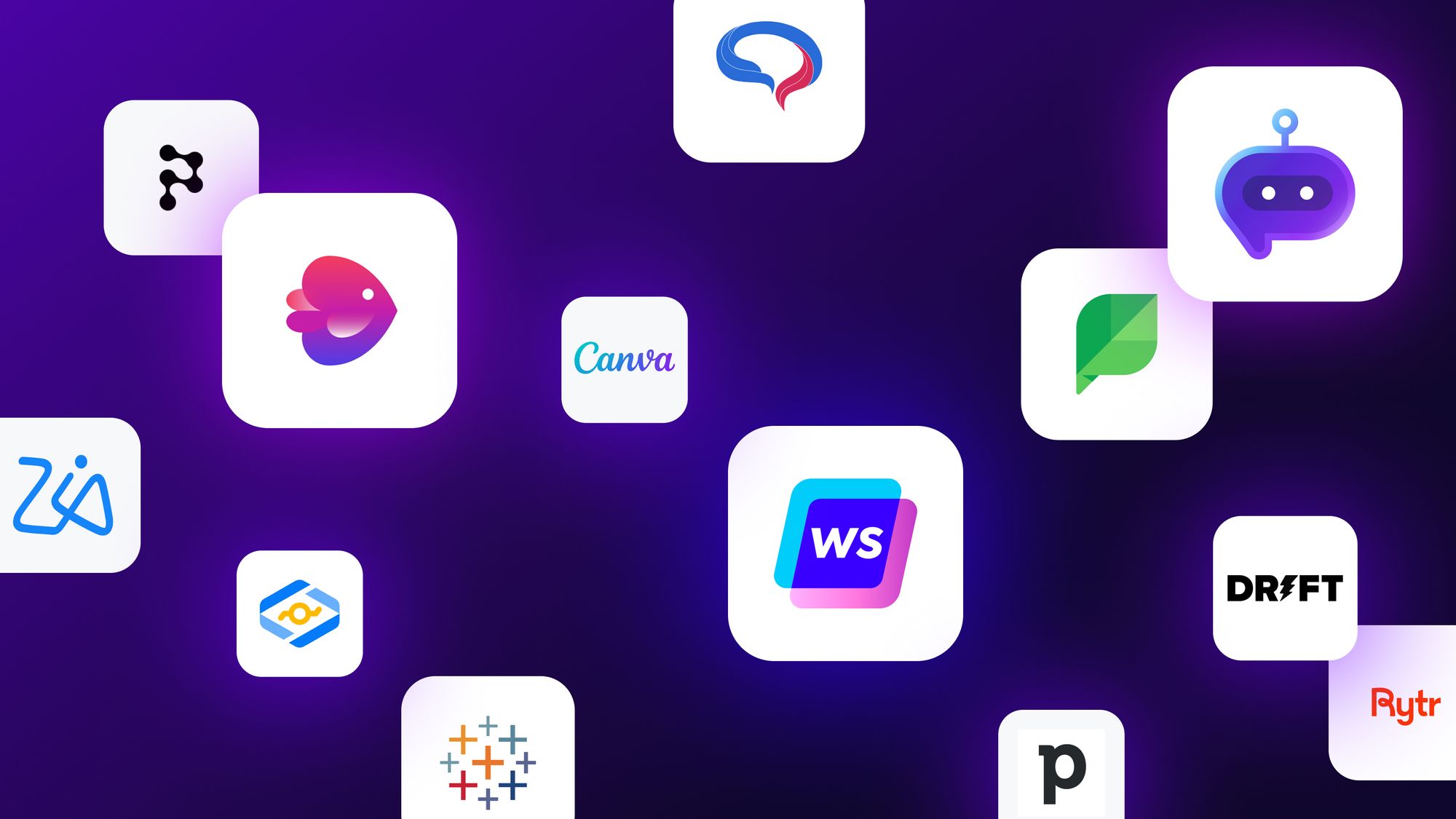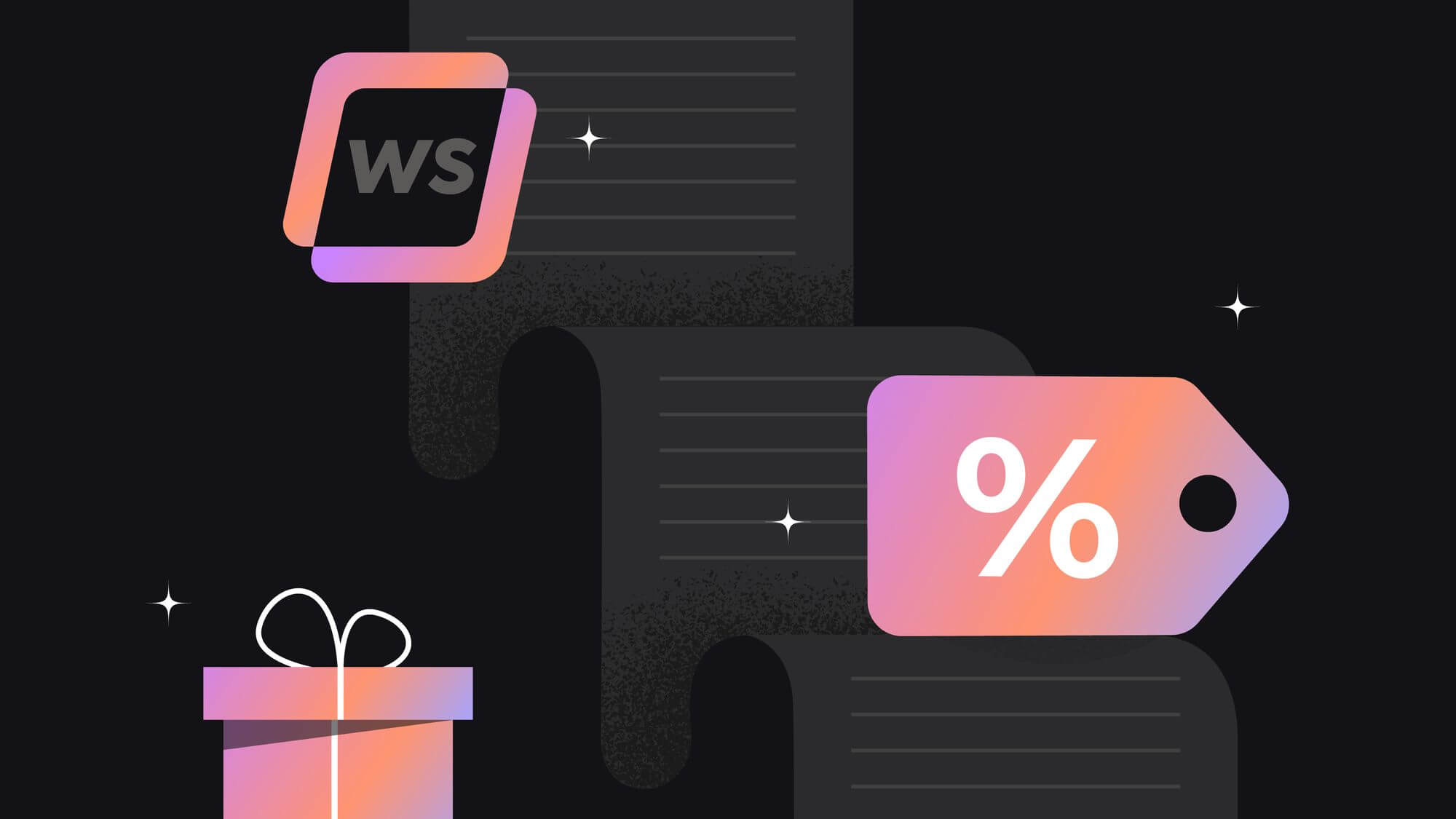Remember spending countless hours crafting that perfect blog post?
I’ve been there. Earlier, I used to spend 12+ hours crafting a single blog post.
Now? I’m creating high-quality content in under 30 minutes – with the power of AI (plus, of course, human creativity!)
But here’s a thing: Just like others, even I was skeptical at first. As someone who’s been in this industry for years, I couldn’t believe AI could match human creativity. However, that changed when our first AI-assisted blog post outperformed our human-written content by 43% in organic traffic.
Today, I use AI not just for writing but for ideation, research, SEO optimization, and a lot of other things. This helped in cutting content production time by 70% while maintaining (and often exceeding) our quality standards.
In this comprehensive guide, I’ll be talking about everything I’ve learned about AI content creation, including:
- The exact tools and processes we use (including some hidden gems)
- Real-world strategies that actually drive results
- Common pitfalls to avoid (trust me, I’ve made all the mistakes)
- How to maintain your brand’s unique voice while scaling content
So, let’s get started!
What is AI Content Creation?
Before we dive deep, let’s get crystal clear on what we’re talking about. AI content creation isn’t about replacing human writers – it’s about supercharging their capabilities.
AI content creation tool uses sophisticated algorithms and machine learning to improve many aspects of the content lifecycle. These tools do more than automate writing. It’s like having a brilliant assistant by your side who can help you:
- Generate fresh content ideas
- Create first drafts at lightning speed
- Research topics extensively
- Optimize content for SEO
- Help with editing and proofreading
- Create variations for A/B testing
The key? AI tools work alongside humans, not instead of them. They handle the heavy lifting while we focus on strategy, creativity, and adding that human touch.
Tools like Writesonic amazed me as these systems could analyze big datasets of human-written content and replicate writing patterns effectively.
Benefits of AI-Powered Content Creation
AI tools have revolutionized our content marketing strategy and changed our approach to content creation and delivery. I want to share my firsthand experience with the benefits of AI-powered content creation.
1. Increased efficiency and productivity
AI tools help boost productivity. Here’s what AI content tools helped me accomplish:
- Automated research and information collection
- Quick content brainstorming and drafting
- Simplified content editing processes
- Efficient content adaptation for different platforms
2. Improved content quality and consistency
AI content creation tools amazed me with their speed and reliable quality output. Writesonic’s advanced features helped our content maintain a uniform voice and style on every platform. Our content shows higher engagement rates and receives better search engine rankings.
AI tools make brand messaging consistency effortless. Multiple writers used to struggle with keeping a consistent tone. AI content tools now ensure each piece matches our brand guidelines perfectly while retaining a natural and engaging sound.
3. Better personalization and targeting
AI-powered content creation tools have helped us create customized content at scale. We can now create different versions of our content for various audience groups much faster than before.
AI has changed our entire approach to content strategy. Tools like Writesonic let us concentrate on planning and creative direction, while AI takes care of content generation and optimization.
Our daily operations run smoother now. What used to take hours now takes minutes. We can try different content approaches without compromising quality or consistency.
All this makes us more innovative and quick to respond to what our audience needs while keeping our content quality high.
Want to see how I do it? Here’s a quick breakdown of my AI content creation process.
The AI Content Creation Process: A Step-by-Step Breakdown
1. Planning and Research Phase
- Use AI for keyword research and topic clustering (Try Writesonic’s Keyword Research tool to 10x the process.)
- Generate content ideas based on trending topics
- Analyze competitor content gaps
- Create content calendars
Pro Tip: I use AI to generate 3 months’ worth of content ideas in just 30 minutes. The key is to feed it with your target keywords and audience pain points.
2. Content Creation Phase
- Generate outlines and first drafts using Article Writer 6.0
- Create variations for different platforms
- Optimize for SEO in real-time using SEO Checker and Optimizer
- Generate relevant statistics and examples
3. Editing and Optimization
- Check for factual accuracy
- Maintain brand voice consistency
- Optimize for readability
- Add human insights and experiences
Choosing the Right AI Content Creation Tool
I have tested many AI content creation tools in the last year and learned what makes some platforms better than others. Let me share what I’ve discovered to help you choose the right tool for your needs.
Key features to look for
Extensive testing has revealed several must-have features that distinguish exceptional AI content creation tools from average ones. My evaluation of different platforms focuses on these essential capabilities:
- Advanced customization options for tone and style
- Multi-language support (at least 25+ languages)
- Integration capabilities with other marketing tools
- Grammar and plagiarism checking
- Content optimization features
My experience with Writesonic shows that these core features help create content faster while maintaining high quality and consistency in all channels.
Popular AI writing assistants
I tested many AI writing assistants, and some of them really impressed me with what they can do. Writesonic stands out as an all-in-one content creation tool that works great for everything, starting from content ideation to the SEO optimization process.
Moreover, the tool proves to be a great investment as it creates high-quality content at reasonable prices.
I used its marketing templates in our recent campaign to create compelling ad copy that substantially boosted our conversion rates.
Top 5 Content Creation Tools to Check Out
My experience with AI content tools has given me the chance to test dozens of platforms. Five of these tools have consistently delivered exceptional results. I want to share my hands-on insights about each tool and how they revolutionized my content creation process.
1. Writesonic
Writesonic has become my preferred platform for content creation after experimenting with many AI writing tools.
The impressive balance of features and affordability makes it stand out from competitors. The platform gives users access to over 100+ AI templates, and its Article Writer excels at creating long-form content.
Key Features:
- AI Article Writer for long-form content
- Optimize your content with a click using SEO Checker and Optimizer
- Chatsonic – An advanced AI chat for all sorts of conversational needs
- Integration with popular platforms like WordPress and Shopify
Pricing:
Writesonic provides excellent value that fits most budgets. It offers a free trial, and its paid plan starts at $20/month.
2. Jasper
Jasper is a powerful AI writing tool known for its ability to generate high-quality content across multiple formats and industries. It also works exceptionally well when you need social media content.
Key Features:
- Offers 50+ AI templates and supports 30+ languages
- Supports Jasper Chat – an AI-powered chatbot
- Offers multiple integrations like Surfer SEO, Grammarly, and more
Pricing:
Jasper offers a 7-day free trial. The paid plan starts at $49/month/seat.
3. Frase.io
Frase.io combines AI-powered content creation with SEO optimization, making it an excellent choice for those focused on search engine rankings.
Key Features:
- SERP analysis tools
- Content optimization suggestions
- Research-based AI content generation
- Unified content creation workflow
Pricing:
Frase.io offers a free trial. The paid plan starts at $15/month.
4. Copy.ai
Copy.ai distinguishes itself with an accessible interface and a variety of templates. The platform excels at generating marketing copy. I have used it successfully to create – Instagram captions, marketing emails, product descriptions, and more.
Key features:
- Supports 95+ languages
- Offers 90+ content types
- Chat by Copy.ai – An AI chat platform
Pricing:
Customized pricing. Contact the sales team.
5. Grammarly
Grammarly has evolved from a simple grammar checker into a detailed writing assistant. I use it, among other AI tools, to create polished, error-free content.
Key features:
Grammarly’s AI writing features help with:
- Full-paragraph writing
- Sentence rewording
- Business reports
- Email composition
Pricing:
Offers a free trial. The paid plan starts at $12/month.
My daily content creation workflow shows that combining these tools – with Writesonic as the lifeblood – creates more engaging, SEO-optimized content quickly.
Each tool offers unique strengths, but finding the right combination that matches your content needs matters most.
Best Practices for Using AI in Content Creation
My extensive testing of AI content creation methods has led me to develop proven best practices that produce exceptional results. These strategies have changed my content marketing workflow and helped my clients achieve remarkable outcomes.
1. Providing clear prompts and instructions
The quality of AI-generated content depends on how we communicate with the tool. My work with Writesonic has found that there was a direct link between well-crafted prompts and content relevance.
These proven prompt strategies can make a significant difference:
- Be specific with context: Include target audience, tone, and purpose
- Set clear parameters: Define word count, style, and format
- Provide examples: Share successful content samples
- Include brand guidelines: Specify voice, terminology, and taboos
- Request variations: Ask for multiple versions to choose from
By following these practices, I’ve cut content revision cycles by 50% approximately. Success comes from treating the AI tool as a collaborative partner instead of a basic writing assistant.
2. Editing and refining AI-generated content
My content marketing practice has taught me that AI-generated content needs a different editing approach than traditional content.
Here’s how I have improved the content quality of AI-generated content:
- Fact-checking: Verify all statistics and claims
- Structure optimization: Ensure logical flow and coherence
- Brand alignment: Check voice consistency and messaging
- SEO improvement: Optimize for search while maintaining readability
- Final polish: Add human touches and creative elements.
Writesonic’s advanced editing features have helped me reduce editing time without compromising quality standards. Success comes from improving the AI-generated content rather than completely rewriting it.
3. Maintaining brand voice and style
My experience shows that keeping a consistent brand voice in AI-generated content is vital. Our careful documentation and tool training helped us achieve brand voice consistency in our content pieces.
Brand voice success depends on three key practices:
Document Your Brand Voice: Detailed guidelines should include personality traits, tone variations, and specific examples. Writesonic’s brand voice feature stores these guidelines and makes them available to generate all content.
Train Your AI Tools: Your AI tool needs high-quality examples of your brand’s content. My work with Writesonic showed a 2x improvement in first-draft quality.
Regular Auditing: A systematic review process ensures consistency. Weekly audits by our team have maintained a 95% brand alignment score across content channels.
Writesonic’s strength lies in its ability to learn and adapt to your brand voice. Content authenticity improves significantly after proper AI training with brand guidelines.
These best practices aren’t theoretical concepts – they represent battle-tested strategies that deliver consistent, quality content at scale. Your AI content creation process becomes a reliable system that produces outstanding results when you use these guidelines with tools like Writesonic.
Conclusion
My experience with AI content creation has changed my approach to content marketing. I started as a skeptic who needed days to craft a single article.
Now, I produce triple the content in less time without compromising quality. My careful testing and optimization showed that AI tools combined with optimized workflows deliver great results.
Writesonic emerged as the top choice after I tested many platforms. It offers detailed features and reliable results, especially when you have to keep your brand voice consistent and generate accurate content.
Teams looking to boost their content creation should establish clear guidelines, implement quality control measures, and follow ethical practices. Marketers who welcome AI tools and implement proper workflows will be proactive and produce better content faster than before.
FAQs
1. What are some effective strategies to enhance the effectiveness of AI?
To boost AI effectiveness, consider several strategies such as retraining the AI with better data, modifying deployment strategies, enhancing the source code, pruning the model, distilling the dataset, and applying regularization techniques.
2. What steps can be taken to optimize AI-generated content?
Optimizing AI-generated content involves several steps: defining clear objectives and goals, collecting and analyzing relevant data, conducting keyword research, generating content using AI, ensuring the originality of the content, and performing AI-driven SEO analysis.
3. How can AI projects be improved for better efficiency?
Enhancing AI project efficiency can be achieved by automating mundane tasks, reducing human errors, utilizing data analysis and predictive analytics, and employing tools for better communication, collaboration, personalization, and adaptation.
4. In what ways can AI improve operational efficiency?
AI enhances operational efficiency by automating routine tasks, predicting potential issues, and optimizing workflows. This leads to increased productivity, cost savings, and reduced errors, thereby fostering innovation and efficiency in business operations.
















![21 Practical Ways to Use AI [Examples + Tools]](/wp-content/uploads/How-to-use-AI-scaled.jpg)



![140 Best AI Tools: Rated & Reviewed [2025]](/wp-content/uploads/Best-AI-Marketing-Tools-1-1.jpg)














